Up Next

Daniel Ricciardo’s going to humbling lengths in a bid to overcome his tricky start to life with McLaren.
Though Ricciardo has a 100% point-scoring record with his new team and finally beat team-mate Lando Norris in a race for the first time in the Spanish Grand Prix, his tricky switch from Renault is one of the main sub-plots of the season so far.
Ricciardo’s struggled to handle certain limitations of the MCL35M as well as Norris, who’s established himself as one of this year’s early stars.
But there’s light at the end of the tunnel thanks to progress the team is making with the car and a painstaking process Ricciardo is going through as a driver as well – one he says leaves him feeling like he’s “back at school”, trying to re-programme himself to learn how to drive the 2021 McLaren.
We knew after the first three races that Ricciardo had been trying to adapt his driving style because he was finding McLaren’s F1 car “a little unique”. Both he and Norris have said the MCL35M can have a slightly loose rear end, particularly at higher speeds.
Ricciardo struggled with that more, describing his car as on a knife-edge at corner entry.
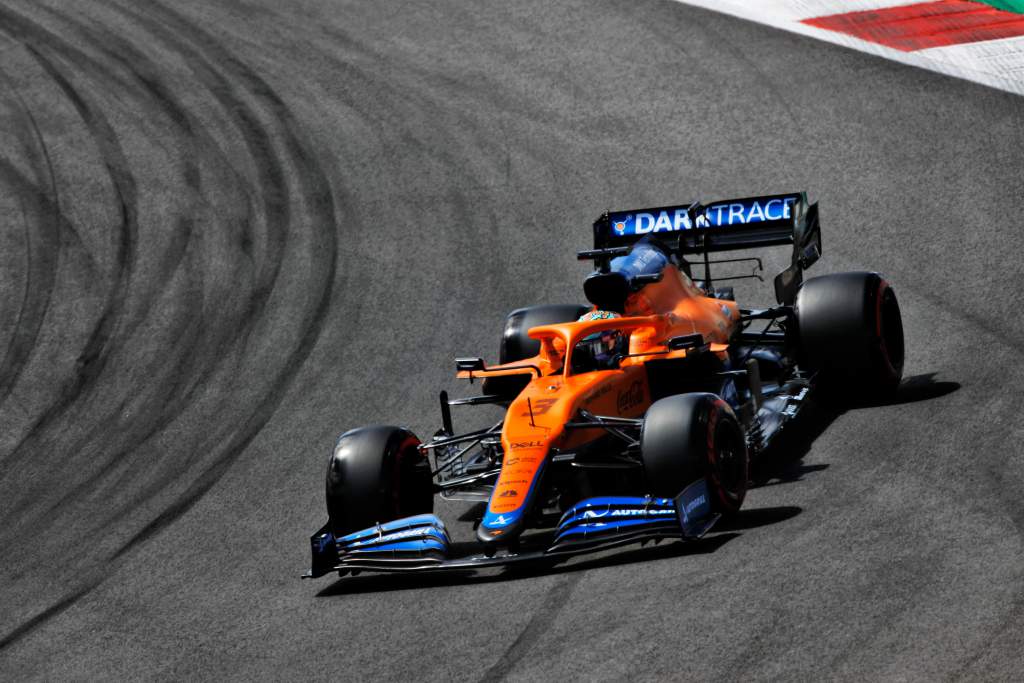
A big part of that problem may be the changes to the tyres and the reduction in rear aerodynamic performance caused by the new floor rules, which have combined to take away enough rear grip to make the car more nervous – especially at high-speed, which is all about commitment.
But at lower-speed, McLaren reckons those changes have also impacted the characteristics of its car under braking as well.
“The braking system itself often isn’t the major factor here,” says McLaren technical director James Key when asked by The Race to explain the challenges of adapting to a new car from a technical perspective.
“We all use very similar material, very similar systems and so on. In terms of the pedal feel to a certain extent there’s a bit of variability there but certainly the bite and the braking performance itself is often very similar.
“Where differences come in are things like engine braking and how that works, how to tune it accordingly, how the chassis works, how the aerodynamics works and supports the car in certain conditions – is it strong in a straight line, which is what we’ve always been, or a little bit weaker if you’re trying to carry the brakes into a corner, or [in] certain types of corner where you have different kind of braking conditions?
“That’s where you really get the differences creeping up and what’s exacerbated that this year is the new tyres we have are slightly weaker in certain conditions compared to before as well. One of the changes that we’ve noticed is braking.”
It seems that Ricciardo prefers to ride the brake further into the corner but can’t do that in this year’s McLaren without generating understeer, so he’s slightly slower through the corner than Norris and out of it as well. He’s been waiting for updates to tune the car more to his liking and address that permanently, while trying to learn how to drive around his limitation in the meantime.
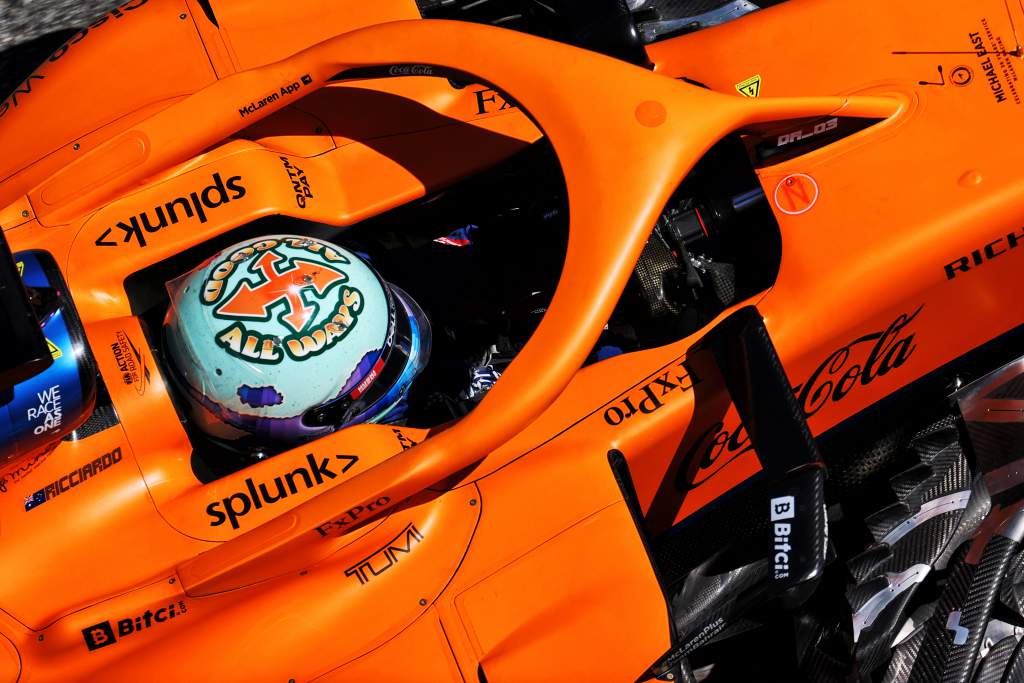
The Portuguese GP weekend, where he was a shock Q1 elimination, was made more complicated by Algarve’s low-grip surface and difficult wind conditions. But Ricciardo’s rise from 16th to ninth in the race there left him hopeful he could make progress without waiting for upgrades, as he was happy with the peak of his pace and felt potential set-up tweaks, mainly to the suspension, could bring the car more to his liking.
Then he earmarked the Spanish GP weekend as one without “excuses” given how well everybody knows the track and the fact it’s a grippier, higher-downforce circuit. So Barcelona became a significant reference point in his bid to adapt.
The tweaked front wing that arrived in Spain might be the first example of Ricciardo’s preferences driving McLaren’s development. Lifting up the outer section of the front wing mainplane will reduce the airflow separation in that area, produce more load when that part of the wing is close to the ground, and reduce the understeer.
Ricciardo certainly seemed happier with the feel of the car over the Barcelona weekend. But the effort to address his issues went well beyond changes to his machinery.
We followed Ricciardo onboard for every lap of practice and qualifying in Spain and he was getting consistent messages about trying to shift more brake pressure to corner entry.
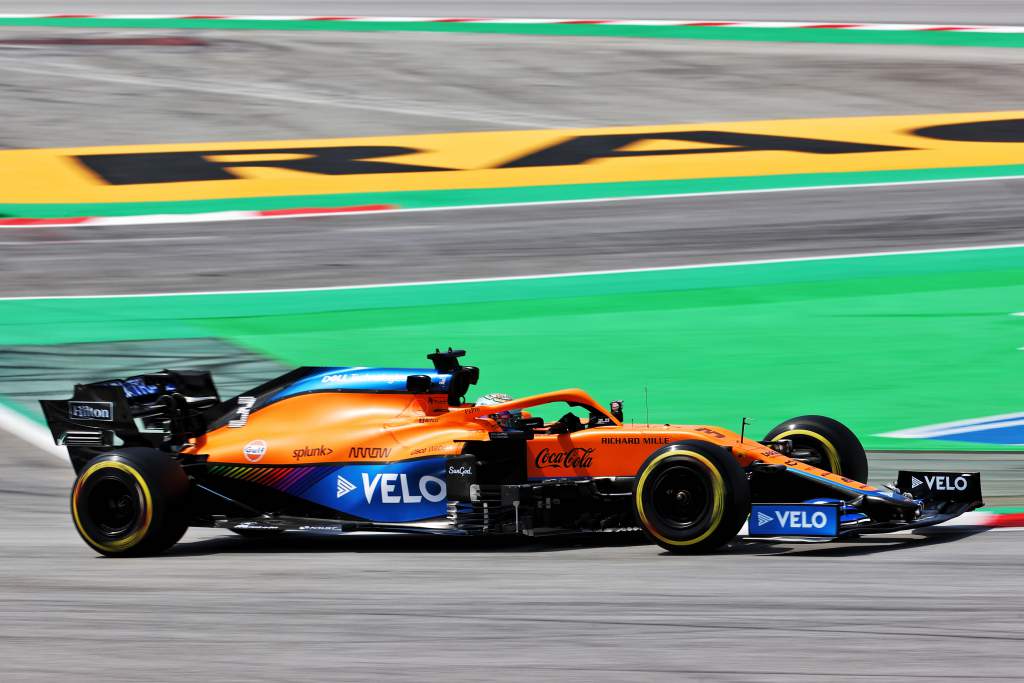
In FP1 there was a particular focus on his braking technique, as he was initially riding the brake too far into Turn 5 and at risk of inducing understeer.
Some in-car changes related to differential settings were used to help mitigate that but Ricciardo was also urged to try feeding in steering lock slightly earlier and apply more initial brake pressure at Turn 4 and Turn 12 – two medium-speed right-handers.
That continued in FP2, where the feedback was again to get on the brake harder before releasing it, and relayed to him as trying to create “more of a stabby brake profile”: a sharper initial application of the brake and a quicker release.
The extensive advice he was being given on braking would suggest that Ricciardo is still in a phase of consciously trying to adjust that technique at lower-speed. We put that to Ricciardo after qualifying, and he agreed.
“It’s like being a beginner, all over again,” he admitted. “Tutored every corner:
‘Good job, do that better. OK, improve a bit more here.’
“I’m still having to be a little bit conscious about that, and teach myself enough that it does become natural.
“It still does require a bit of [conscious thinking] in some moments.
“I’m trying to programme myself to basically learn how to drive it faster. So I’m back at school.”
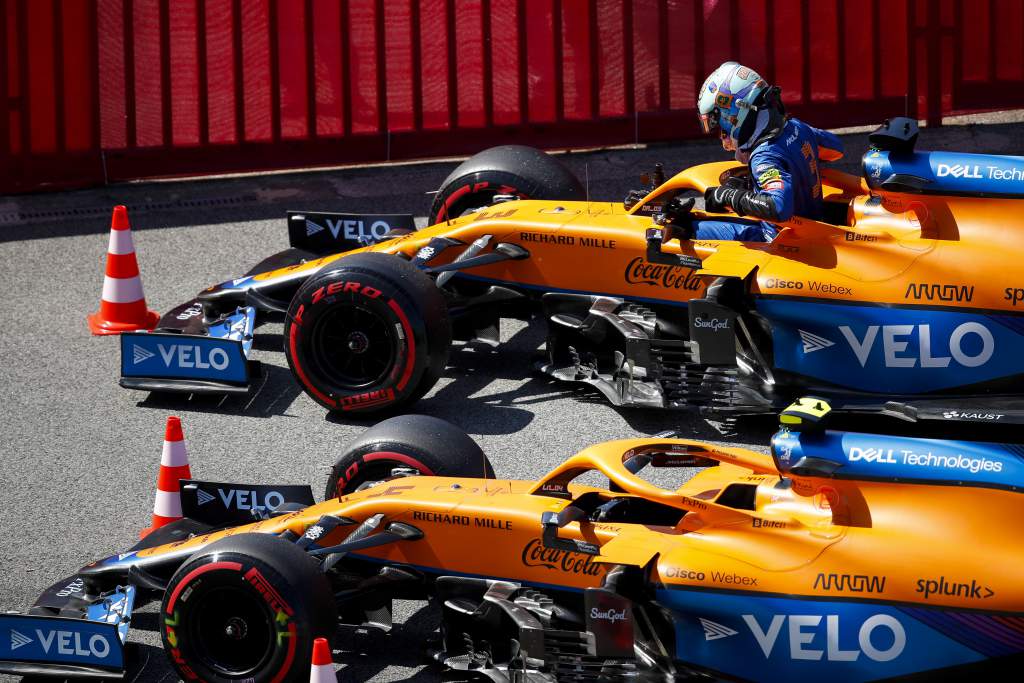
The more confidence Ricciardo feels in the car, the more he expects faster corners to take care of themselves, describing those as requiring technique but effectively rewarding a driver who can just throw it and hold on.
But slower corners are where the big chunks of laptime are, because a driver is in those corners for longer.
The braking phase is a delicate and precise process, the pedal feel and braking traits of the Mercedes-powered McLaren will be different to the Renaults Ricciardo drove the last two years and the Red Bulls before that, and it also happens to be an area the McLaren is still sensitive in at the moment.
That’s not an easy combination to manage, which is why Ricciardo’s still working so hard to get on top of it.
He’s admitted he’s found it difficult to be patient in his bid to improve, but that’s his reality with just one-and-a-half days in the car in pre-season putting the emphasis on learning during these early race weekends.
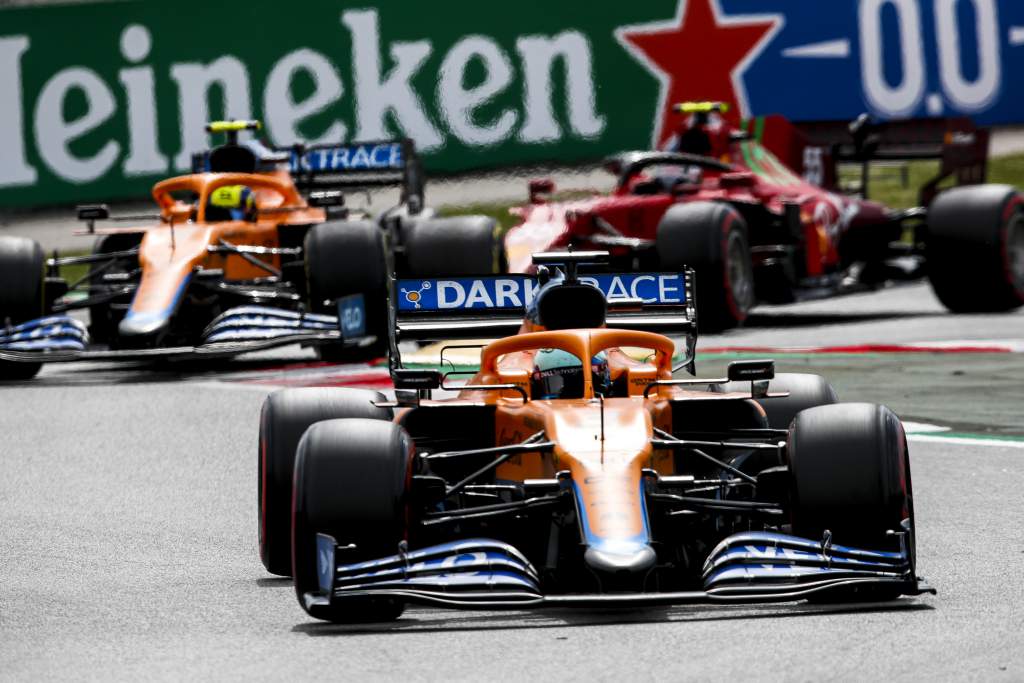
To his credit, Ricciardo has approached the situation with exactly the right attitude. He has shown tremendous humility in doing so. Ego could easily get in the way. As an F1 driver it could feel embarrassing, or he could turn his nose up and say ‘no, I know what I’m doing, I’m not the problem here’ – but there’s no sign of that.
“I’m very happy with how it went in terms of the integration of Daniel into our team,” says team principal Andreas Seidl.
“It’s not a surprise how it went, we all know the personality Daniel is, which character he is, so I wouldn’t say it’s a surprise how he approached these first races.
“We knew that it is a challenge with this limited testing time to get used to the car, to become one with the car. I will say we are not where we want to be, where Daniel wants to be.
“But I’m 100% convinced it’s just a matter of doing more races with us and we will see the performances we are all used to.”
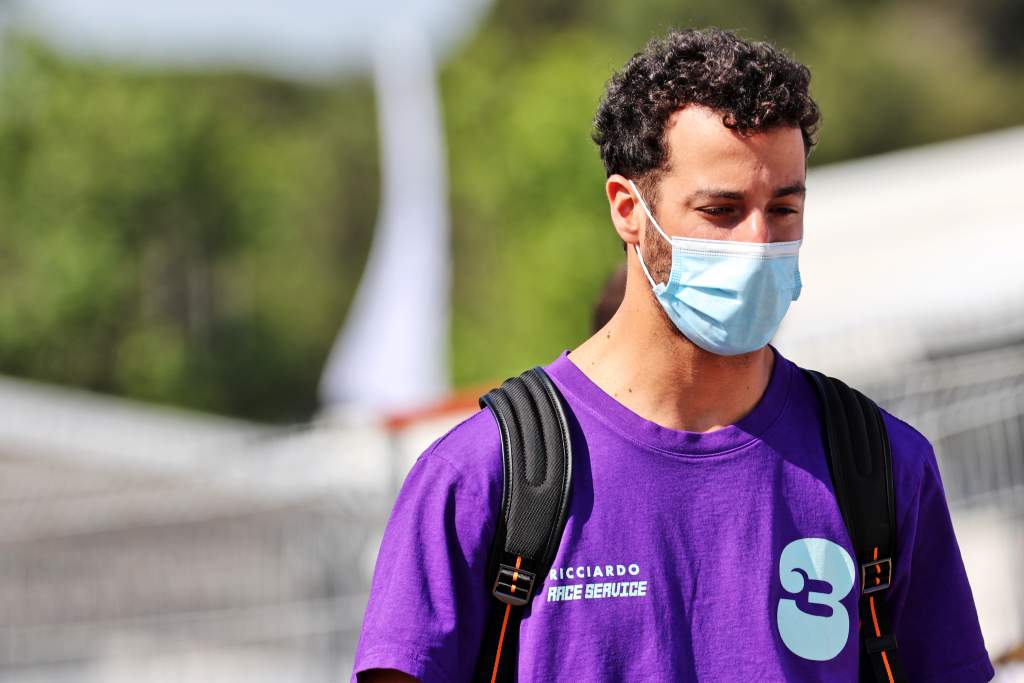
Key adds: “It is just a process of adapting your feeling and what you want to do, to what the car is actually doing.
“Of course from our side we’re trying to adapt the car and facilitate what Daniel’s trying to do. We’re getting there slowly, there’s certain things we can’t change, tyres and other things will be the same, but in terms of the way the car behaves, the mapping of the engine, the feeling of the pedal are all things that are in our control.
“We are chipping away at all those things to try to find a solution which works.”
Ricciardo’s getting his head down and doing the work that he needs to do as part of that. That was shown with constant progress through practice at the Spanish GP, and he did a good job in qualifying. He was perhaps a bit lucky to outqualify Norris given his team-mate’s compromised session but the performance was very close before that.
And then Ricciardo drove an outstanding race. He grabbed a couple of positions early on and he just did a really solid job thereafter, never looked like slipping down the top 10, quite enjoyed pushing the car to the limits. It was his best drive of the season and matched his best result so far in sixth.
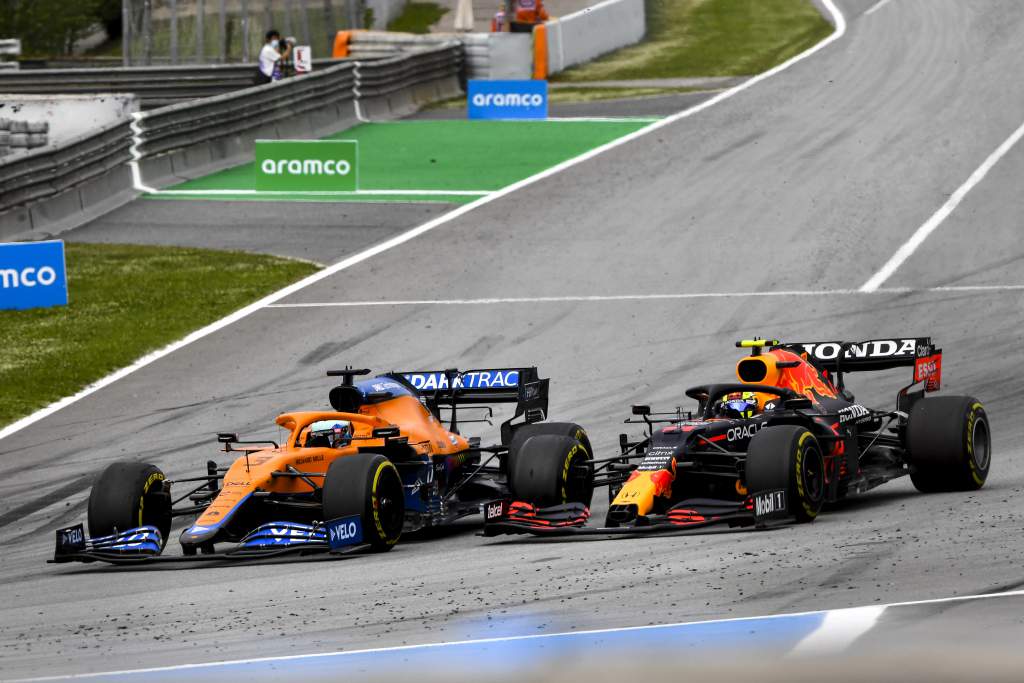
In fairness to Ricciardo’s performances pre-Spain, despite lacking a bit of outright pace relative to Norris so far his race drives have been very good.
It’s a shame for him that on the weekend he hooked it up better, McLaren wasn’t quick enough to give him the kind of emphatic Class B victory that Norris enjoyed in the first three races.
But it can be viewed as a clear indicator of progress, and an important step in Ricciardo re-establishing himself as the force we’ve come to expect.






